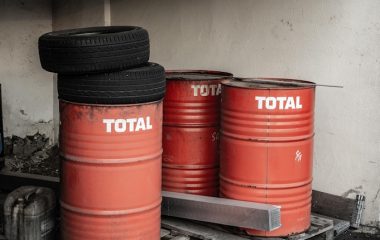
Photo: Pixabay/ADMC
Serbia recorded the sharpest decline in household waste recycling in Europe between 2010 and 2019, of 70%, with the average recycling rate of just 0.4%. At the same time, recycling in Croatia soared 655%, to a healthy rate of 30.2% in 2019, compared with just 4% in 2010, according to a study conducted by waste collection firm Clear It Waste Services.
Croatia ranked second by the increase in household waste recycling of all 32 European countries observed in the study. The best ranked is Lithuania, which posted a 914% jump, from the rate of less than 5% in 2010 to 49.7% documented in 2019.
Croatia is second only to Lithuania by recycling increase
Montenegro came in third, with a 511% increase in household waste recycling in the 2010-2019 period, but its average rate was just 3.6%, placing it second to last among countries with the most notable average change.
By the decline in recycling, Romania was the second worst country, with a 10% drop, according to a press release by Clear It Waste Services.
Also among the countries tracked by Balkan Green Energy News, Slovenia recorded a 164% increase, taking the 6th place, with Bulgaria sharing the 16th spot with France, with a 29% increase, and Greece ending up 17th, with 23%.
Germany has the highest average recycling rate in Europe, at 65.5%
The highest average recycling rate in Europe was seen in Germany at 65.5%, followed by Austria’s 57.6%, Belgium’s 53.9%, the Netherlands’ 52.1%, and Switzerland’s 51.8%, according to the study, which used official data Eurostat, the statistical office of the European Union (EU).
Clear It Waste Services also noted that the European Environment Agency has observed a significant increase in household waste in Europe in recent years amid heightened ambitions to make the EU climate neutral by 2050.









Be the first one to comment on this article.